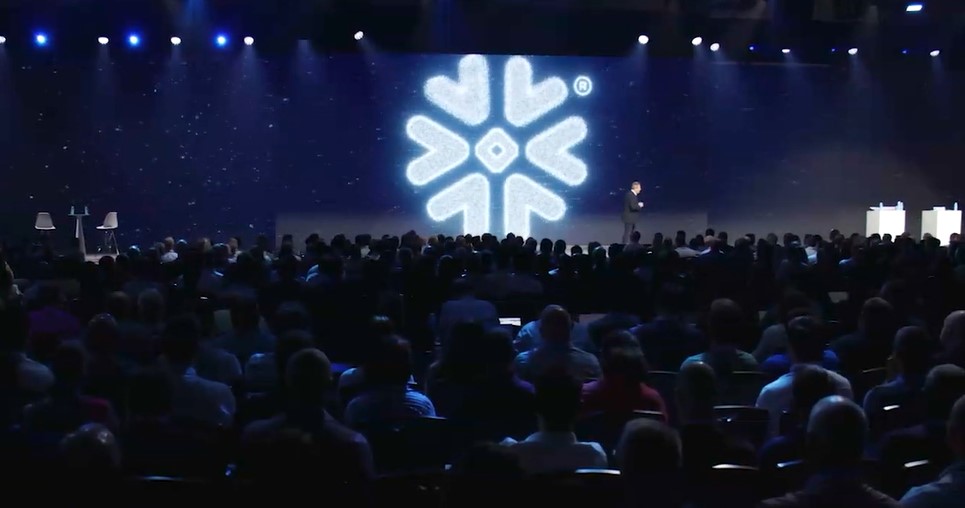As we move into the second quarter of 2022, MACH (Microservices-based, API-first, Cloud-native SaaS, and Headless) architecture has become common parlance amongst IT leadership facing the demands of digital transformation.
As a modern software strategy defined by working with smaller solutions that seamlessly integrate with one another, this composability offers businesses a fast track to the agility and responsiveness they need to adapt to challenging markets.
Consequently, the market represented by software vendors, characterised by a MACH architecture, has undergone a rapid evolution. Vendor members of the MACH Alliance, a group of technology companies formed to help drive the principle from a nascent concept to a globally accepted tech standard, have accumulated over $2.5bn in funding. These companies bring the estimated valuation of the category to $20bn and there has been a number of exits, spanning both M&A and IPO, with vendors securing up to 30-40x multiples.
And the buzz from analysts and industry-watchers has been no less impressive. Gartner has noted that high-composability enterprises expect more significant increases in revenue and IT budget this year compared to their moderate-or low-composability peers.
Next generation MACH
This growth has been borne of a realisation that modern business IS digital – and as this realisation has hit home across many industries, the MACH market has matured rapidly, begging the question of what is next? How robust and resilient is this market? And what are the new demands of this maturity?
The inevitable first stage of this new mature MACH market will be the presence of acquisitions. Many of the members of the MACH Alliance are smaller, agile software vendors that have undergone rapid growth and caught the attention of potential acquirers. And in the wider market, Sitecore’s series of acquisitions throughout 2021 shows that the composable market has entered a phase of consolidation.
This phase is fraught with risk. The antithesis of the MACH market is those large, monolithic software platforms that typically have access to substantial funds to make such acquisitions.
This is not to suggest that such large players are trying to buy out the competition – far from it in fact. Many of these larger players recognise that their legacy solutions are cumbersome, difficult to maintain and do not integrate well with other applications – and so they wish to enter the MACH market in order to offer composable options as part of their portfolio.
Instead, the risk can be understood in terms of these monoliths making a successful purchase, or indeed purchases, but then ‘reverting to type.’ As these large players then try to cover off all potential functionalities being offered in the faster-moving MACH market, they fail to realise that if you try to do it all, you can never become excellent at everything.
There is also no less threat for the MACH companies themselves. MACH players are marked out by the speed, agility and innovation that characterises a young software company. They must be mindful that as they grow, acquire, or become acquired, they may become the enemy they once took aim against, by becoming the next platform to claim: “we can do it all.”
For MACH businesses – and thus the MACH market – to evolve and grow throughout this phase of heavy acquisition and consolidation, the innovation and collaboration of the sector must truly reset what the industry can expect.
Composable suppliers
To maintain meteoric growth, agility and a keen customer focus, MACH vendors are starting to think the unthinkable and develop ways of working and offerings that span multiple vendors.
Based on a single point of contact for the customers and standardised processes, keen cultural alignment and trust, the next stage of composable architecture is the ability of customers to have a composable ‘stable’ of vendors managed by a single point of contact at one of those vendors.
This is a huge step change – but one that is already happening. The Care Without Compromise programme at Contentstack is a good example. It has laid down consistent KPIs that apply across multiple ‘partner vendors’ so customers can enjoy confidence, moving away from a single vendor approach to a single point of reference, without the use of expensive integrators.
This demands standardized, consistent reporting back to the customer, built on transparency and visibility throughout the ecosystem of vendor suppliers. As such, trust and the cultural fit between these vendors is vital. The shared desire to create a positive experience outside of the four walls of a given business, throughout the supply chain to a customer, is the hallmark of success.
Because just as businesses want to move in and out of the best software, they will want to move in and out of the best experience of the software vendor – and as such, ‘composable suppliers’ loom large on the horizon and it is again going to be the MACH market that steals a march on the more traditional, monolithic alternatives.




